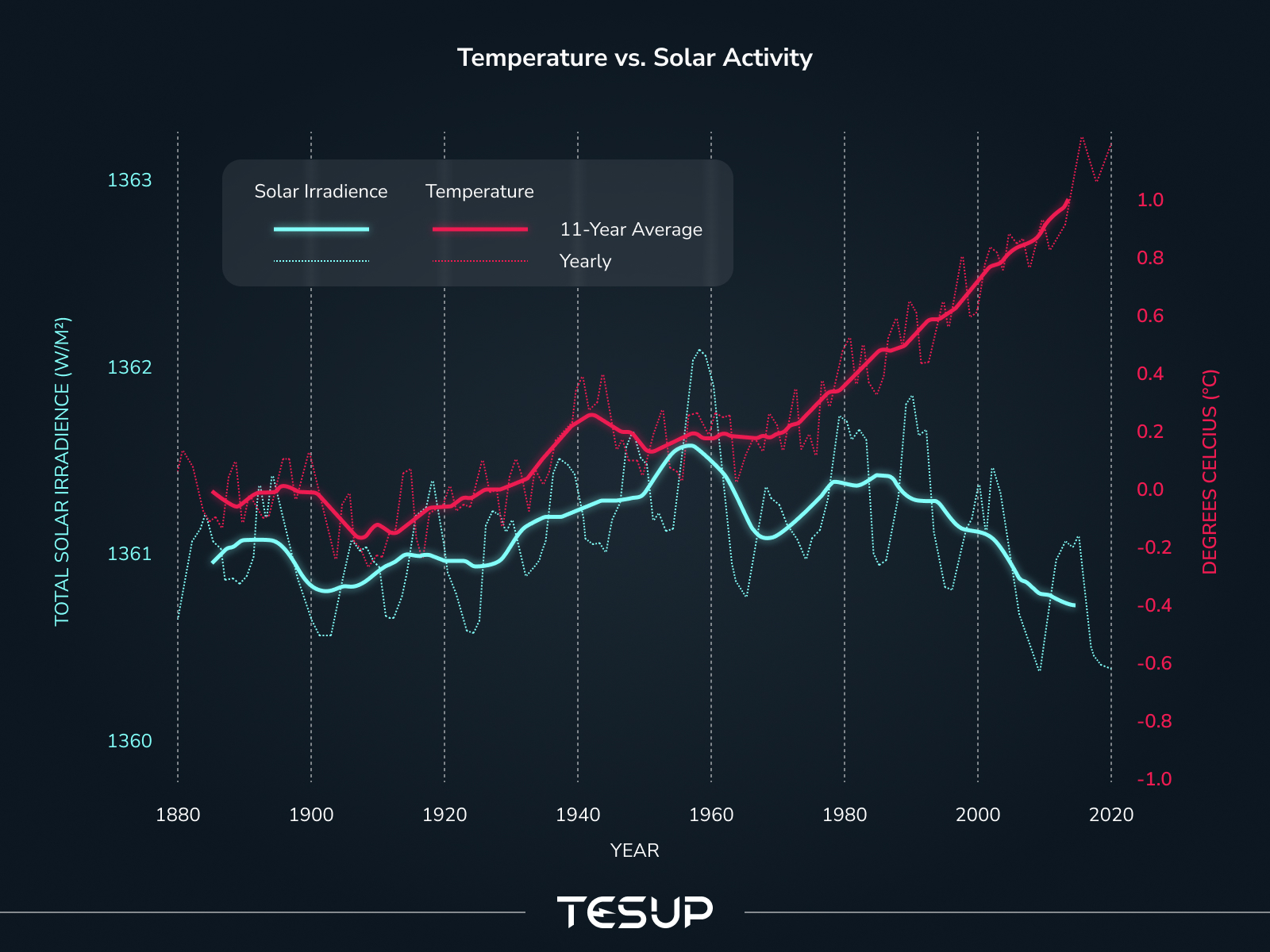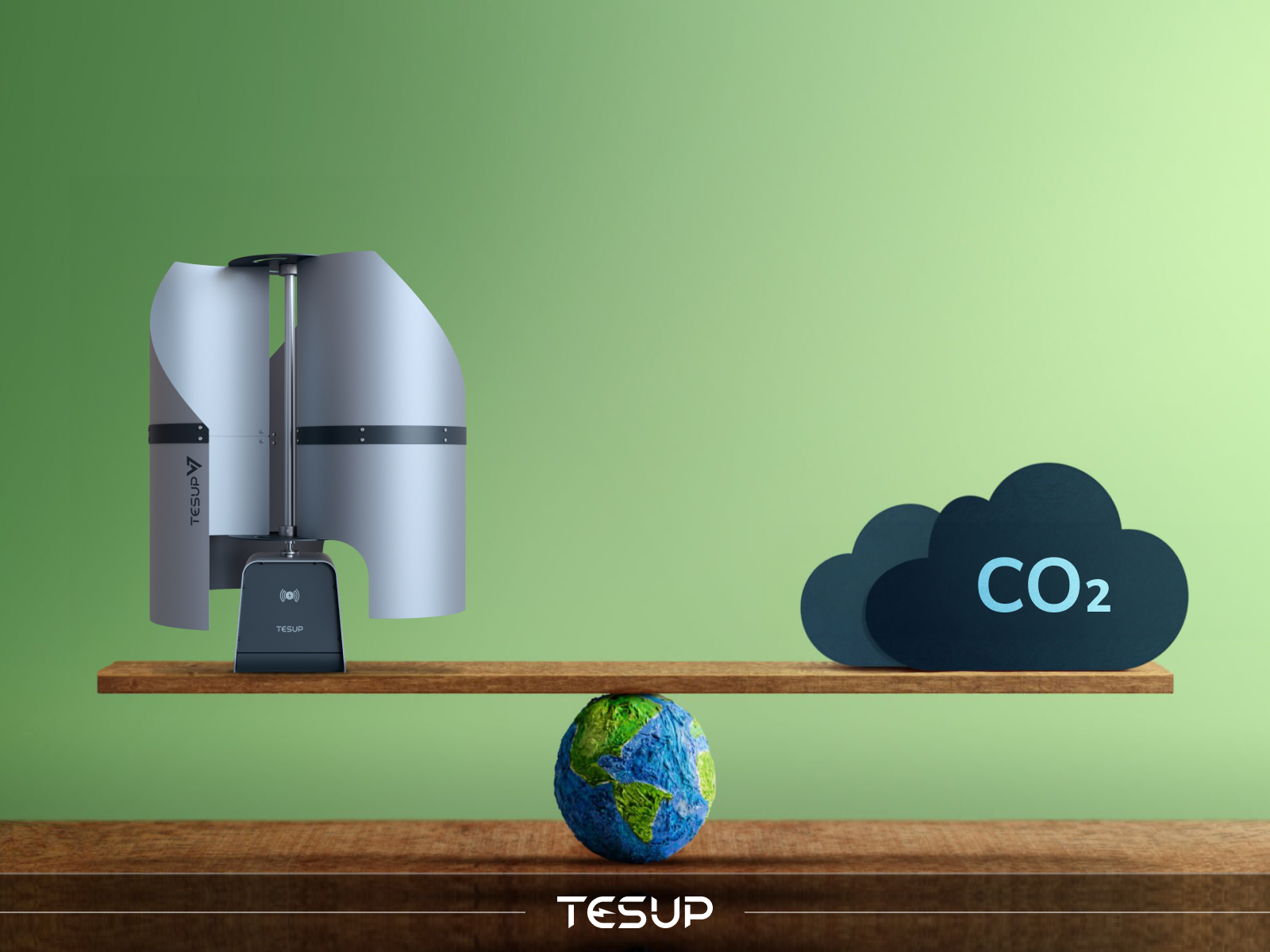
Global warming stands as one of the most pressing issues of our time, driving profound changes in Earth's climate systems and posing significant threats to ecosystems, human health, and socio-economic stability. Among the array of solutions proposed to combat this phenomenon, the integration of renewable energy sources has emerged as a crucial strategy in reducing greenhouse gas emissions and fostering a sustainable energy future. In this context, the utilization of home wind turbines presents a promising avenue for individuals to actively contribute to the fight against global warming while simultaneously enhancing energy resilience at the local level.
Understanding Global Warming
At its core, global warming refers to the long-term increase in Earth's average surface temperature, primarily driven by human activities such as the burning of fossil fuels, deforestation, and industrial processes. These activities release greenhouse gases such as carbon dioxide (CO2), methane (CH4), and nitrous oxide (N2O) into the atmosphere, trapping heat and leading to the intensification of the greenhouse effect. The repercussions of unchecked global warming are manifold, encompassing rising sea levels, altered precipitation patterns, more frequent and severe extreme weather events, biodiversity loss, and disruptions to agricultural systems.


The Need for Sustainable Energy Solutions
Addressing the multifaceted challenges posed by global warming necessitates a concerted effort to transition towards renewable energy sources that offer cleaner alternatives to fossil fuels. By harnessing the abundant and inexhaustible power of the sun, wind, water, and geothermal heat, renewable energy technologies provide a pathway towards decarbonizing the global energy sector and mitigating the adverse impacts of climate change. Moreover, the adoption of sustainable energy solutions holds the potential to catalyze innovation, spur economic growth, and foster energy independence.


Introducing Home Wind Turbines
In recent years, there has been a growing interest in decentralized energy production through the deployment of small-scale renewable energy systems, including home wind turbines. Unlike conventional large-scale wind farms situated in remote locations, home wind turbines are designed for residential or small-scale commercial use, offering individuals the opportunity to generate clean electricity on-site. These compact and versatile devices harness the kinetic energy of the wind to produce electricity, thereby reducing reliance on grid-supplied power and mitigating carbon emissions associated with conventional energy sources.
How Home Wind Turbines Work
The operation of a home wind turbine is elegantly simple yet highly effective. Typically mounted atop a tower or pole to capture unobstructed airflow, the turbine consists of rotor blades connected to a generator. As the wind blows, it imparts kinetic energy to the rotor blades, causing them to rotate. This rotational motion is then converted into electrical energy through the generator, which can be utilized to power household appliances, lighting, heating, and electric vehicles. Advanced control systems optimize turbine performance by adjusting blade pitch and orientation in response to changing wind speeds and directions.
Benefits of Home Wind Turbines
The adoption of home wind turbines offers a myriad of benefits for homeowners, communities, and the environment alike. Firstly, by generating electricity locally, these systems reduce transmission losses associated with long-distance electricity delivery, thereby enhancing energy efficiency. Moreover, home wind turbines provide a reliable source of clean energy that is immune to fuel price fluctuations and geopolitical tensions, fostering energy security and resilience.
According to the U.S. Department of Energy, a small wind turbine with a capacity of 10 kilowatts (kW) can generate approximately 10,000 to 20,000 kilowatt-hours (kWh) of electricity per year, depending on the local wind resource. This translates to a significant reduction in greenhouse gas emissions, with each kWh of wind-generated electricity avoiding approximately 0.8 pounds of CO2 emissions compared to conventional fossil fuel-based electricity generation.
Additionally, the installation of home wind turbines contributes to the diversification of the energy mix, reducing dependence on finite fossil fuel resources and promoting a transition towards renewable energy. According to the Global Wind Energy Council, the cumulative installed capacity of small wind turbines worldwide reached 817 megawatts (MW) by the end of 2020, with significant growth projected in the coming years.
Environmental Impact
Contrary to misconceptions, home wind turbines have minimal adverse environmental impacts when compared to conventional energy sources such as coal, oil, and natural gas. Unlike fossil fuel combustion, which releases harmful pollutants and greenhouse gases into the atmosphere, wind energy generation produces zero emissions of air pollutants, greenhouse gases, and toxic byproducts.
Furthermore, the land footprint of home wind turbines is relatively small, allowing for coexistence with agricultural activities, wildlife habitats, and recreational areas. According to a study published in the journal Renewable and Sustainable Energy Reviews, the land use intensity of wind energy is significantly lower than that of fossil fuel-based electricity generation, with wind turbines occupying approximately 2% to 5% of the land area they are installed on
Cost Considerations
While the initial investment in a home wind turbine system may seem daunting, advancements in technology, economies of scale, and government incentives have made these systems increasingly affordable and accessible to homeowners. When evaluating the cost-effectiveness of home wind turbines, it is essential to consider factors such as installation expenses, maintenance requirements, potential energy savings, available financing options, and long-term return on investment.
According to the American Wind Energy Association, the cost of small wind turbines has declined by approximately 50% over the past decade, driven by technological advancements and increased market competition. The average installed cost of a small wind turbine system in the United States ranges from $3,000 to $8,000 per installed kilowatt (kW) of capacity, with larger systems generally costing less per kW due to economies of scale.
In many cases, the financial benefits accrued over the operational lifespan of the turbine outweigh the upfront capital outlay, making it a sound investment in both environmental and economic terms. According to a report by the International Renewable Energy Agency, the levelized cost of electricity (LCOE) from wind energy has declined by approximately 71% since 2010, making it one of the most cost-competitive sources of electricity generation globally.
Installation and Maintenance
The successful deployment of a home wind turbine necessitates careful planning, site selection, and installation by qualified professionals. Factors such as wind resource availability, local zoning regulations, site accessibility, terrain characteristics, and proximity to obstacles must be taken into account to optimize turbine performance and ensure safety. Additionally, routine maintenance and periodic inspections are essential to safeguard turbine functionality and longevity, encompassing tasks such as lubrication, blade inspection, electrical system checks, and structural integrity assessments.
Addressing Common Concerns
Despite their numerous advantages, home wind turbines may encounter opposition or skepticism from certain stakeholders due to perceived drawbacks such as noise emissions, visual impact, wildlife interactions, and intermittency. However, many of these concerns can be addressed through technological innovations, siting strategies, community engagement, regulatory frameworks, and public education initiatives.
By fostering dialogue, transparency, and collaboration, it is possible to reconcile competing interests and promote the responsible deployment of home wind turbines in harmony with surrounding environments and communities.
Case Studies and Success Stories
Across the globe, there exist numerous examples of individuals, families, businesses, and communities that have embraced the benefits of home wind turbines and achieved remarkable results in terms of energy independence, cost savings, and environmental stewardship. From off-grid cabins and rural homesteads to urban rooftops and coastal properties, the versatility and scalability of home wind turbines have empowered diverse stakeholders to harness clean energy from the wind and reduce their carbon footprint.
These case studies serve as compelling testimonials to the efficacy and viability of decentralized wind power generation as a sustainable solution for combating global warming and fostering resilience in the face of climate change.
Conclusion
In conclusion, the integration of home wind turbines into the renewable energy landscape holds immense promise for mitigating the impacts of global warming and advancing towards a sustainable future. By harnessing the power of the wind at the local level, individuals can play a proactive role in reducing greenhouse gas emissions, enhancing energy resilience, and promoting environmental stewardship. However, realizing the full potential of home wind turbines requires concerted efforts from policymakers, industry stakeholders, researchers, and the public to overcome technical, economic, regulatory, and social barriers.
Through collaboration, innovation, and collective action, we can leverage the transformative power of renewable energy technologies to address the existential threat of global warming and safeguard the planet for future generations.
FAQs
Are home wind turbines suitable for all climates?
Home wind turbines are most effective in areas with consistent wind speeds of at least 5-6 meters per second. However, technological advancements and siting considerations can enhance their suitability for a wide range of climatic conditions, from coastal regions to inland plains.
